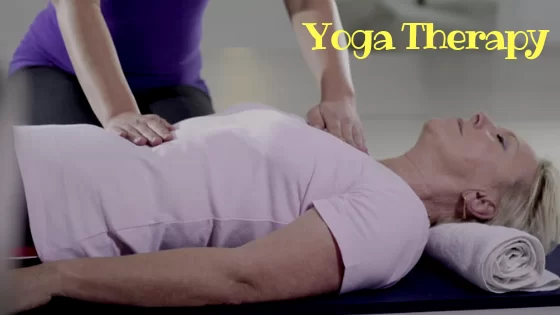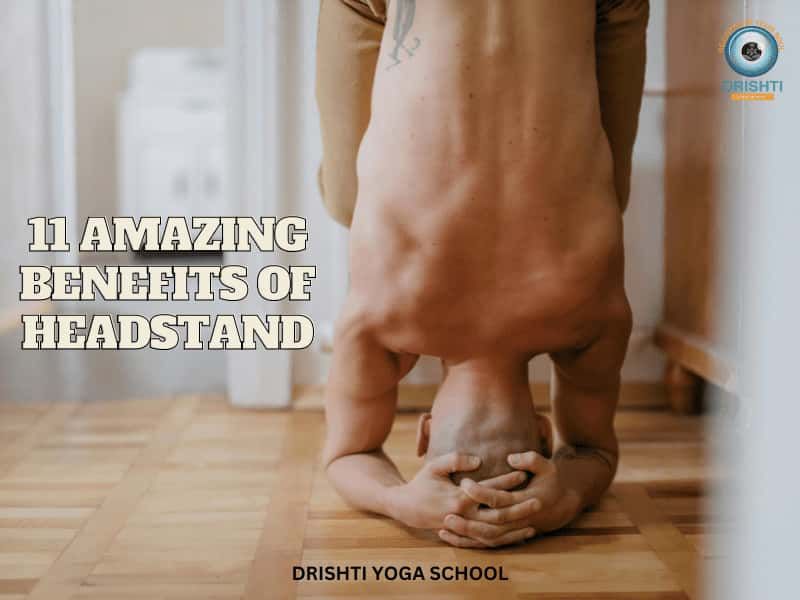How to apply yoga as therapy from a yoga therapists point of view!

While in the west yoga has become mainly a physical practice, the ultimate goal of yoga is the union of mind, body, and spirit. In fact, in the Patanjali sutras, there is no mentioning of alignment or asanas for that matter. The only asana is the one you can hold for a prolonged period of time. So basically if u can sit for many hours in one position that is your yogasana.
The first sutra: “Yoga Chitta Vritti Nirodha”
It simply means Yoga is the cessation of the fluctuations of the mind. That would lead to Yoga is basically being able to meditate. And in fact, meditation was the practice of the yogis with the ultimate aim of reaching samadhi.
But while sitting for long periods of time, their bodies started getting weaker and weaker and prolonged sitting in certain cases became difficult. Thus, activating the body became a necessity in order to manage to sit in meditation and as a result quiet the mind. And that is what gave birth to what we call yoga nowadays.
Thus, yogasana which is known as yoga in the western world is mainly about taking care of your physical body. It is thanks to the popularity of this practice that it was made possible to observe a curious phenomenon.
Over the centuries, while observing the consequences of the practice of yoga, it was noted that many people appeared to acquire a better mental and physical health and sometimes even be cured of disease while practicing yoga. This lead to what we call yoga therapy, meaning applying yogic practices in order to alleviate or cure disease.
Nowadays the list of disease that can be alleviated or even cured by yoga therapy is long and yoga seems to be the best, not to say the only treatment for some disease such as spondylitis or certain psychosomatic illnesses.
How does yoga therapy work?
Yoga therapists have a lot of knowledge about how our bodies work and about the different disease. Nevertheless, they are not doctors. As such they are not able to give a diagnosis. This means that the patient should have a diagnosis from a doctor a priori.
Bringing a description of all the possible disease the patient might be suffering from is recommended as this makes it possible to create a personalized program.
And this is the amazing thing about yoga therapy. No matter what you suffer from, it is always possible to combine programs leading to a personalized programme that would help one start healing themselves.
Drawbacks
Most people would rather take a pill. There, I said it! People have the tendency to take shortcuts and this leaves little or no room for yoga as yogic practices are not a Paracetamol that you can take when you have a headache and the headache disappears after half an hour.
Yoga therapy works if you practice. There is the need for dedication, time and devotion. Devotion to yourself and to your health.
Two types of people come usually to yoga therapy. One: people that are open minded and do not want to poison their bodies with medicine (their words, not mine). And two: people come to yoga therapy after they have literally tried everything and nothing has given a sustainable result, so they decide to give yoga therapy a shot.
We can work with both cases, even though the first one is the desirable case as an open-minded person would be more receiving to the different yogic therapies. Nevertheless, practicing yoga in order to be healthy over the long run is the best solution.
Why yoga and not medicine?
First of all, a yoga therapist will never tell a patient to stop taking the medicine. The first step is just adding yoga to the patient’s daily routine and after a few weeks examine the situation. Depending on the disease and the situation a decision would be taken.
Nevertheless, in many cases, modern medicine does make you feel better, but does not obliterate the root of the problem, does not dissolve the foundation that leads to the symptoms of the disease emerging in your body.
So it does dissolve the symptoms, but not the reason for the symptoms. This means that the disease can come back, and probably will, in another form.
Yoga therapy works the other way around. By applying yoga as therapy the foundation of the disease starts getting dissolved, which leads to the patient actually healing and not just feeling better for a while.
How does your Yoga teacher training relate to yoga therapy?
You have to know that all yogic practices have healing powers. It is just about starting somewhere. After a few weeks of continuous practice, you will notice positive changes in your body as well as issues that might have been bothering you will start disappearing.
This is the power of yoga. So learn yogic practices and go out to teach them.
In time this will bring healing to both you and your students. Nevertheless, even if this blog inspired you to become a therapist (and I hope it did because we need more yoga therapist), going directly to yoga therapy is not an option. Becoming a certified yoga teacher and teaching for a while is a prerequisite.
And this is how it is supposed to be. Yoga therapy requires in-depth knowledge of yogic practice, and not just being able to perform advanced asanas.
Because “yoga is more than asana practice”. Yoga is not about touching your toes, it is about what you learn on the way down.




